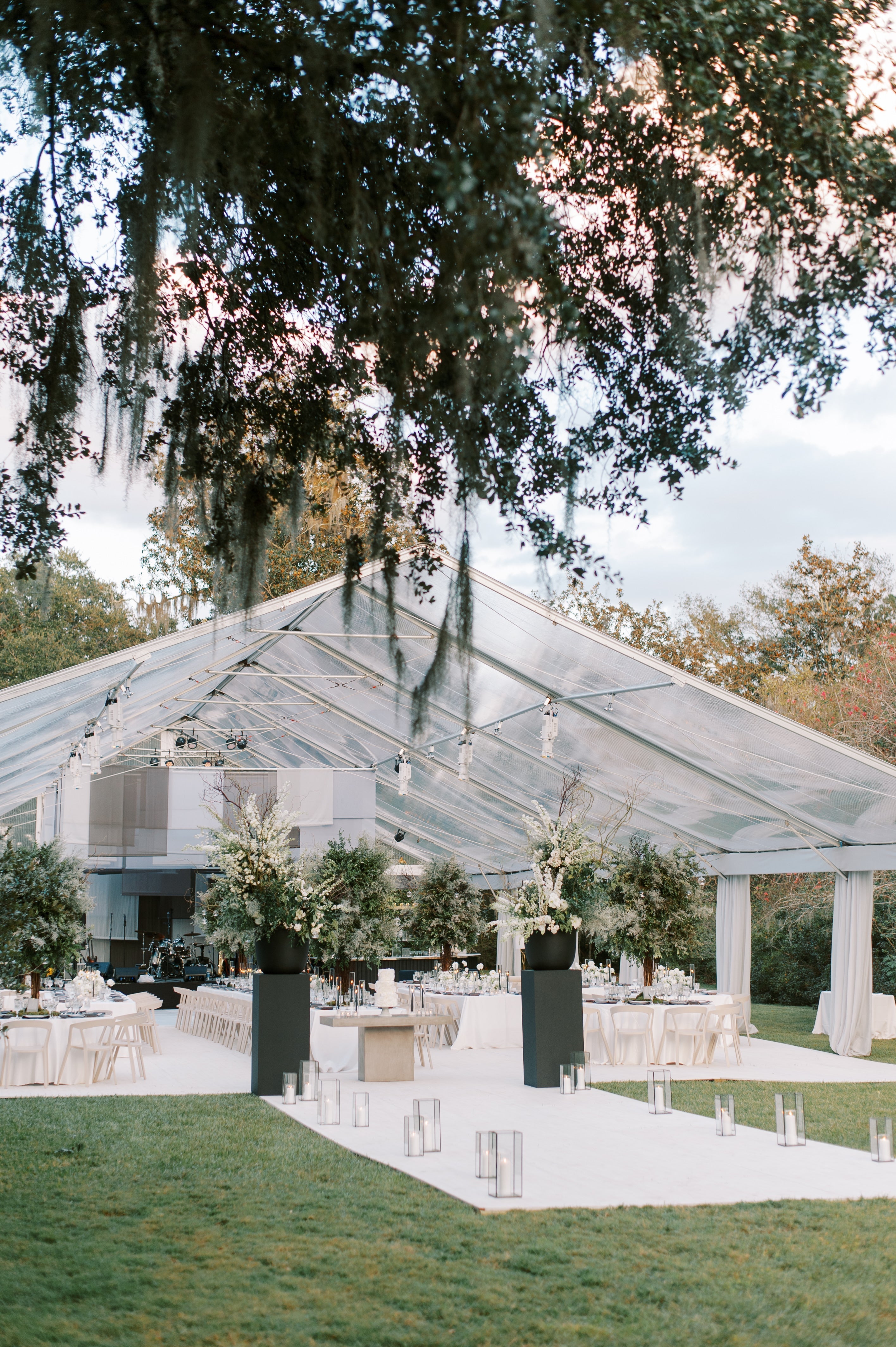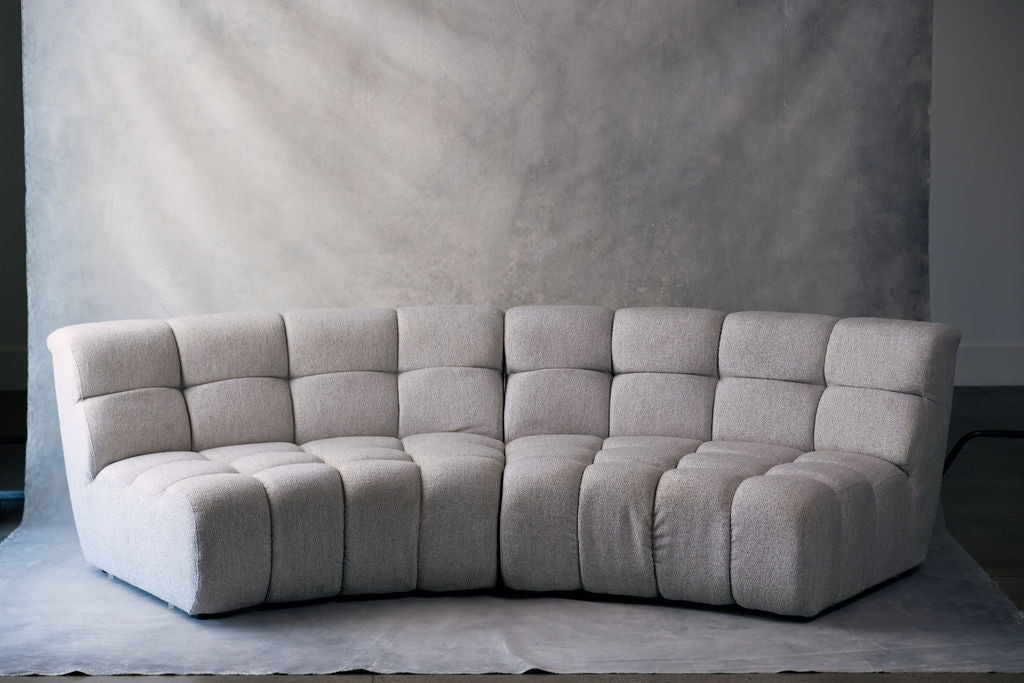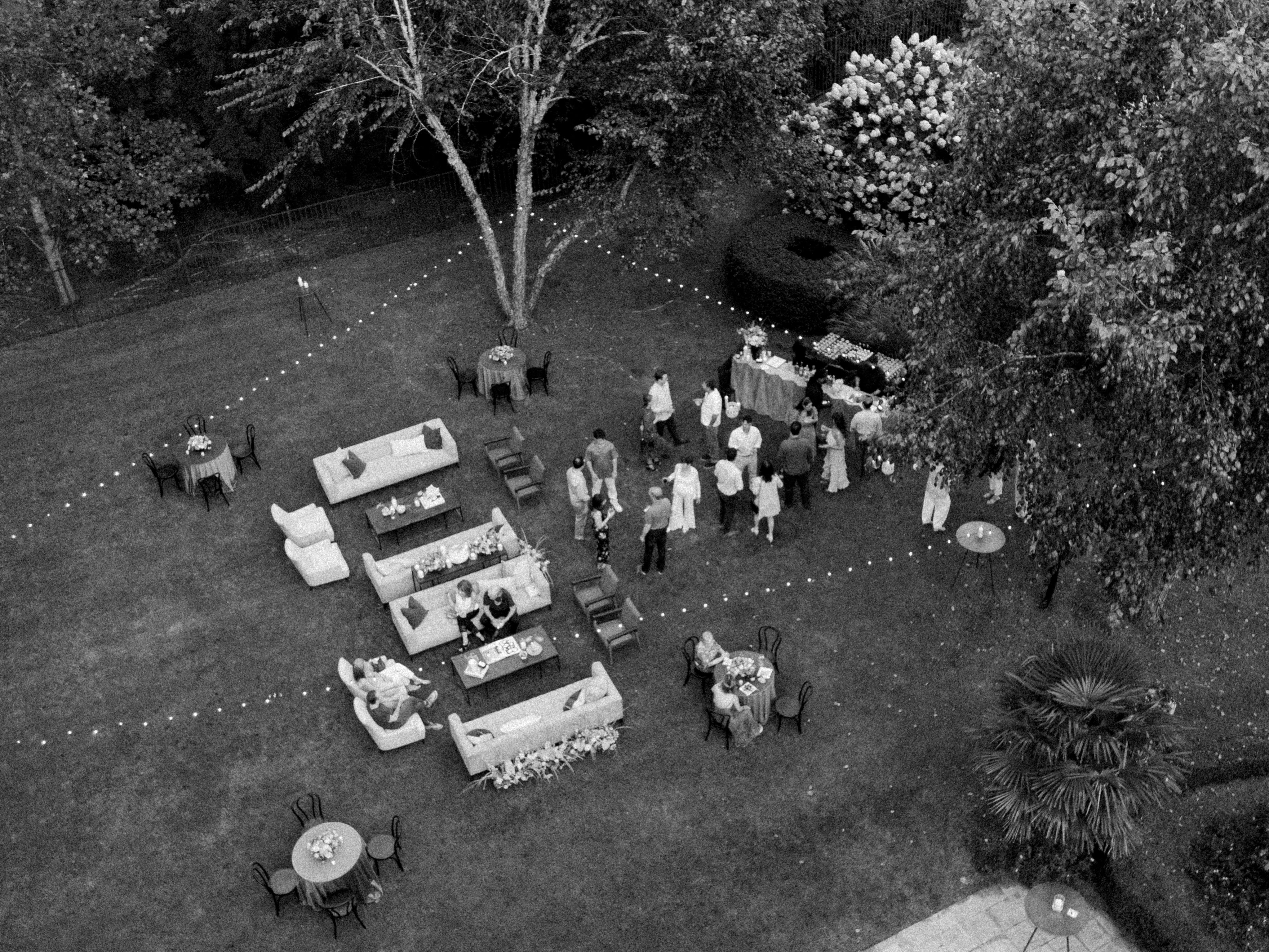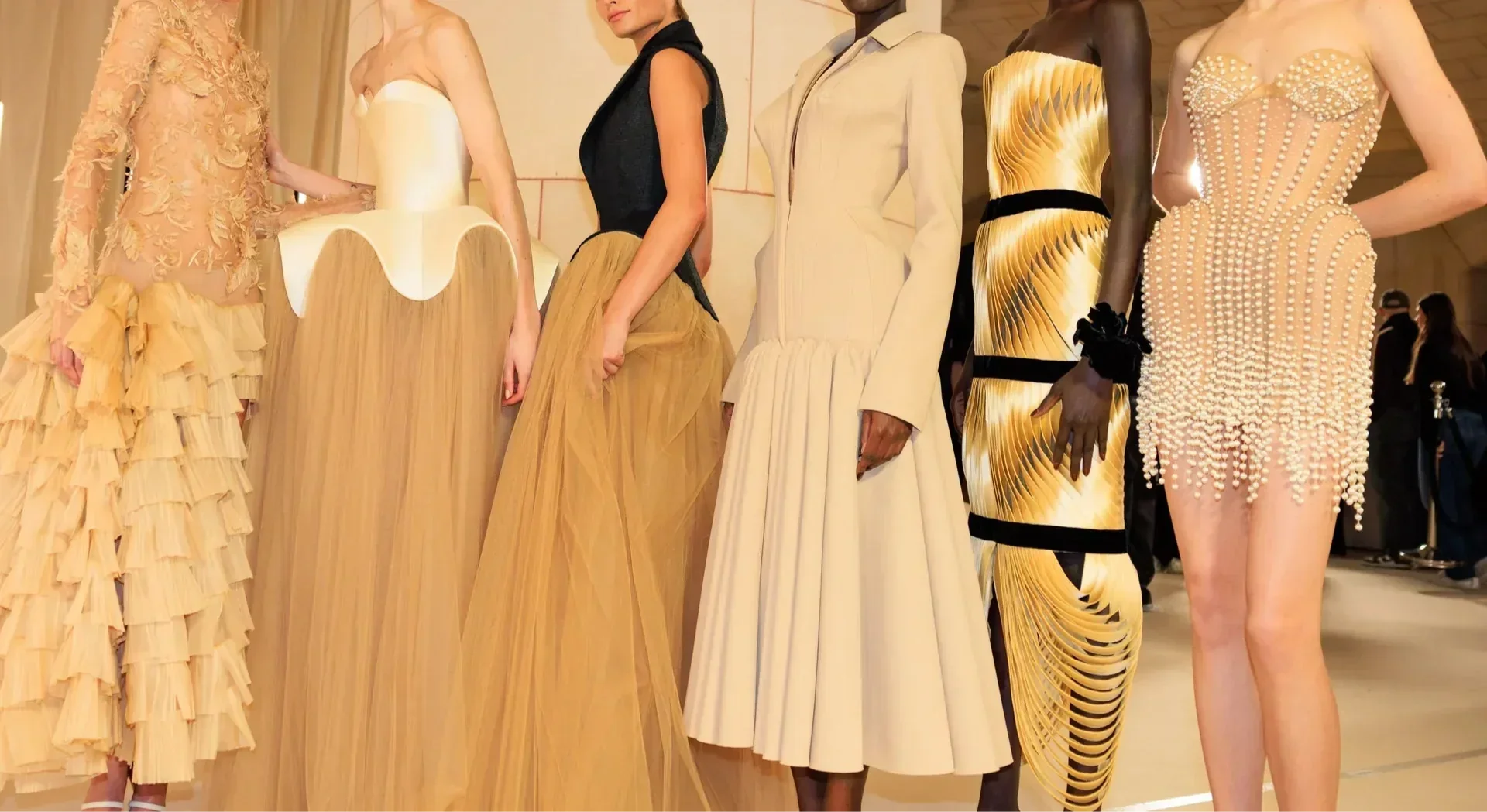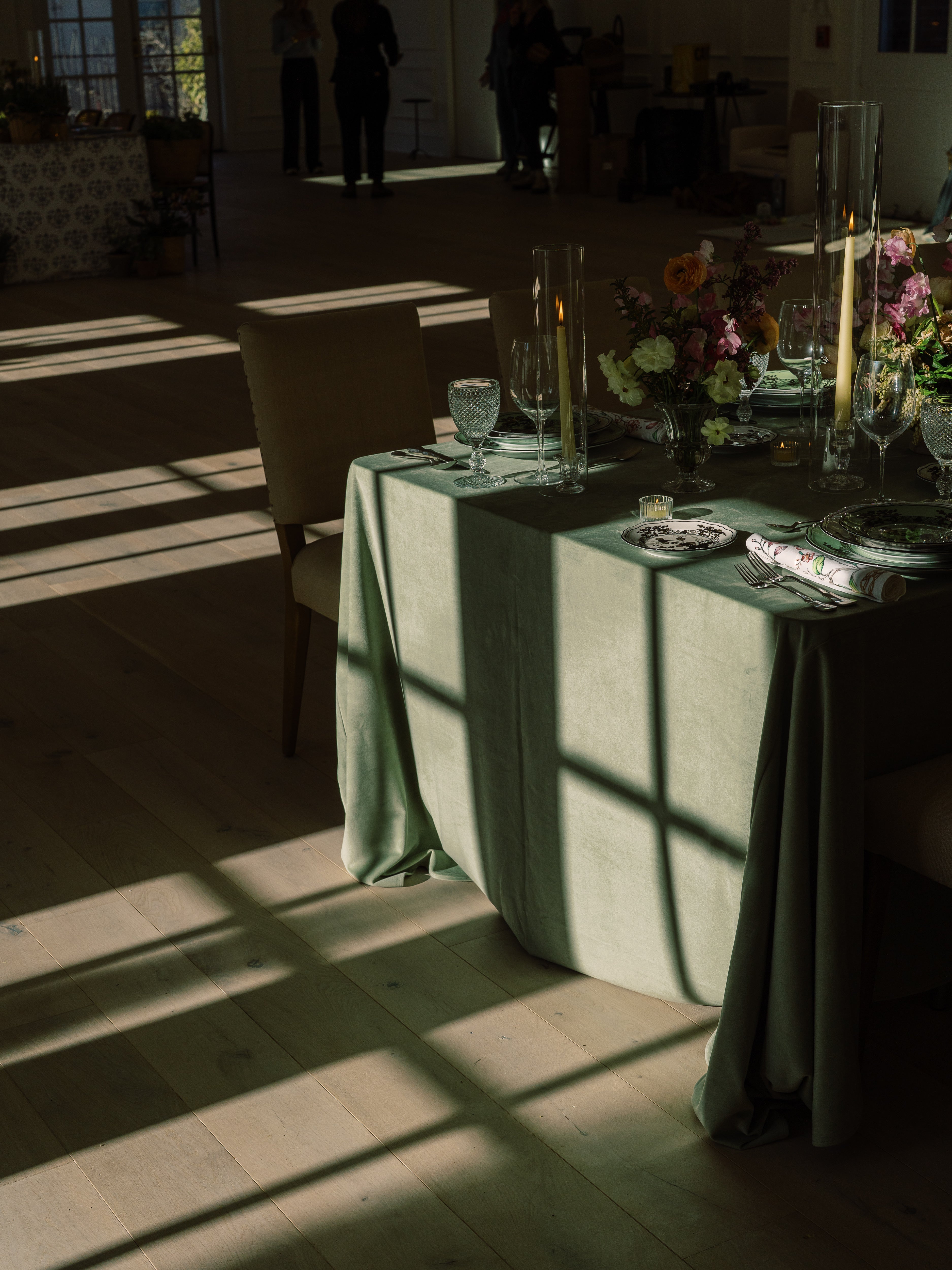Monochrome Magic: How to Design a Single-Hue Statement
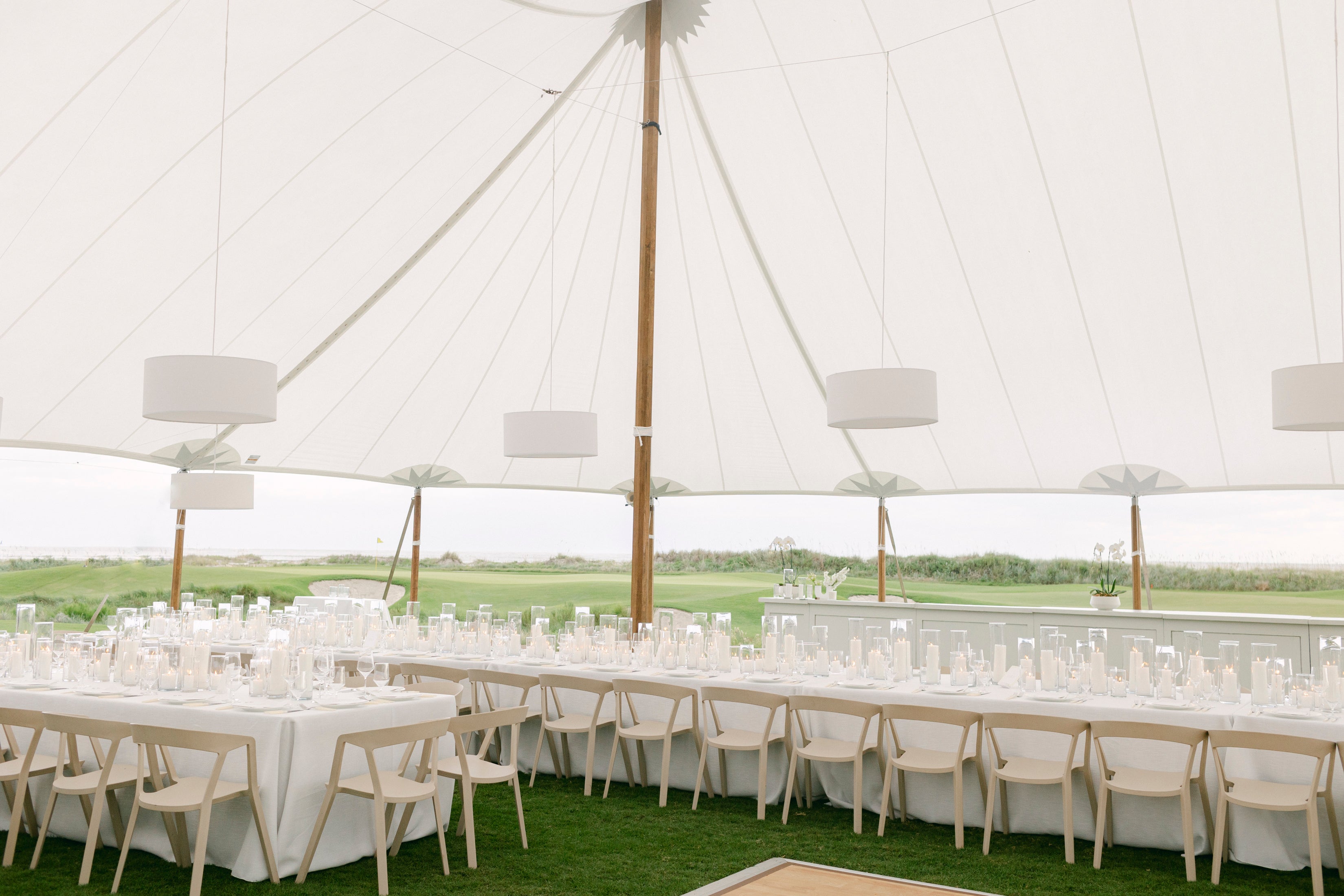
There’s something striking about a monochrome event. When done well, a single-color palette doesn’t feel like a limitation—it feels like a statement. It’s bold, immersive, sophisticated. But the magic of a monochrome event isn’t just in picking a color and running with it. It’s in the layers, the textures, the subtle contrasts that keep the design from falling flat.
At Mayker, we love a well-executed monochrome moment. Whether it’s a sleek, all-white affair or a rich, moody setting drenched in deep emerald, designing with a singular color requires just as much (if not more) attention to detail than a multi-hued palette. Here’s how we approach monochrome event design—and how you can make it feel elevated, intentional, and impossibly chic.
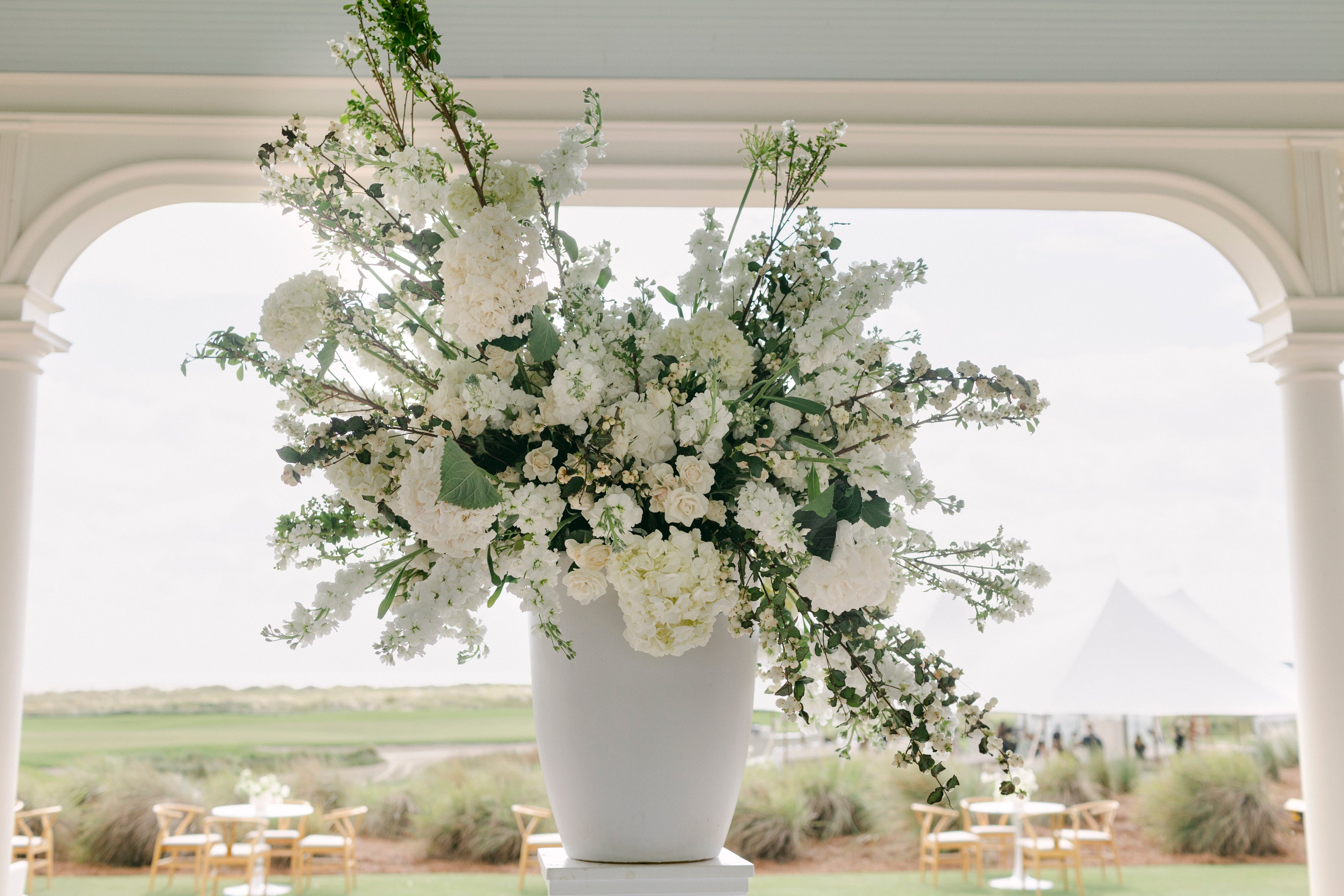
Step 1: Choose Your Hue with Intention
The first and most important decision: the color itself. The shade you choose will define the energy of the entire event.
- Soft Neutrals (whites, creams, beiges) → Elegant, timeless, high-end.
- Deep, Dark Tones (navy, charcoal, black) → Moody, dramatic, luxe.
- Vibrant Colors (red, emerald, cobalt) → Bold, immersive, high-impact.
But here’s the trick: Monochrome doesn’t have to mean one-note. Instead of defaulting to a single exact shade, we play within a range—think variations of tone and depth within the same color family. A deep sapphire blue event might include touches of steel blue and navy. A soft blush palette might bring in hints of dusty rose and nude. This keeps the space dynamic rather than flat.
Not sure where to start? Download our Color Guide for curated palettes and expert insights.
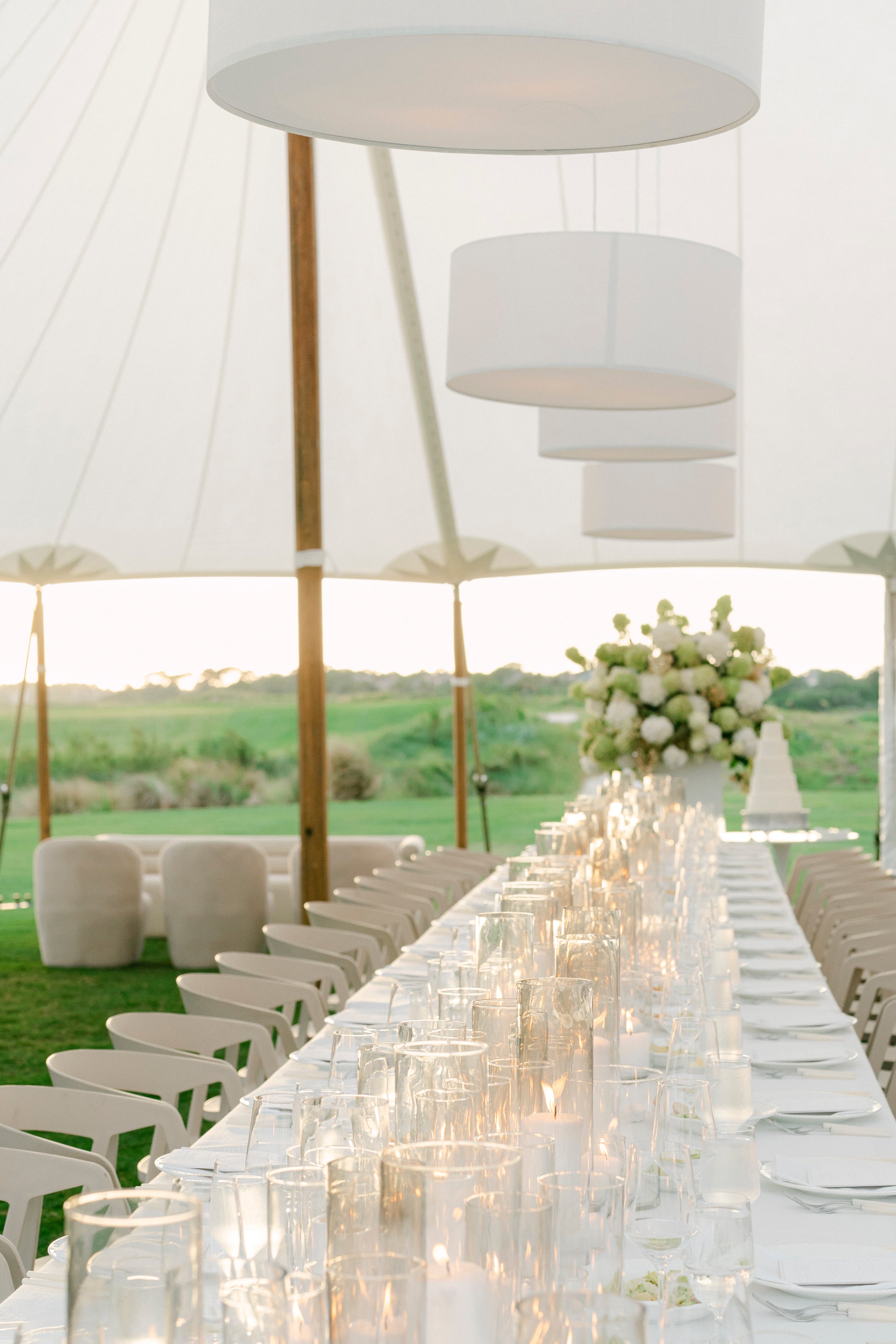
Step 2: Layer Texture Like a Pro
The biggest challenge with a monochrome event? Making sure it doesn’t feel flat. That’s where texture comes in.
- Lush, layered fabrics. Velvet against linen, matte finishes next to high-shine elements. Mixing materials adds depth and prevents the space from feeling one-dimensional.
- Statement furniture. A sleek, modern lounge in a single hue is even more striking when it features contrasting textures—think bouclé seating with polished stone coffee tables.
- Dimensional décor. Tone-on-tone florals, sculptural centerpieces, and varied material finishes (glass, wood, leather, metal) keep the eye engaged.
The key? Keeping things cohesive but not repetitive.
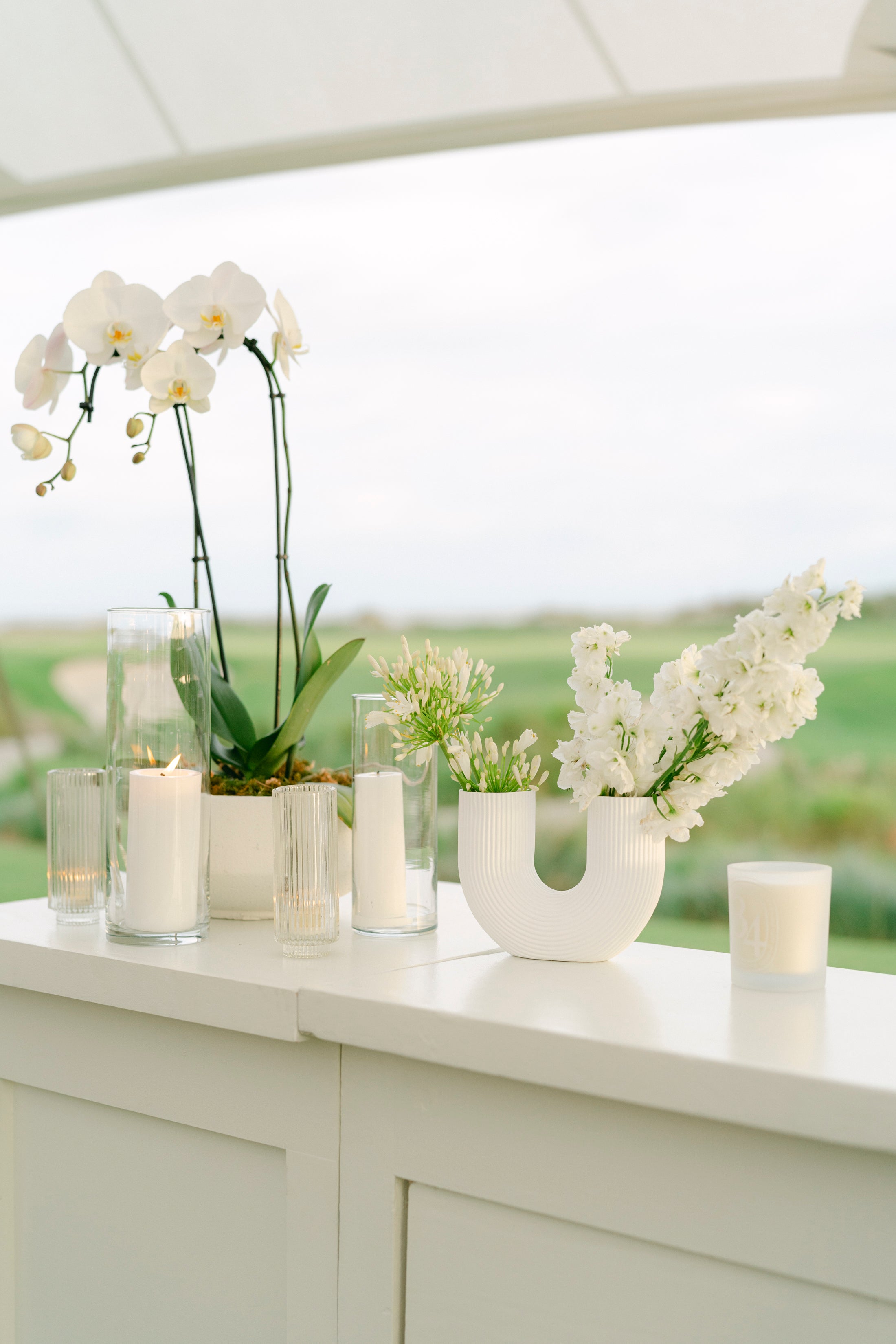
Step 3: Play with Light & Shadow
Lighting makes a monochrome event. Without the right lighting, even the most beautifully designed space can fall flat.
- Soft, diffused lighting adds warmth to neutral palettes and prevents them from feeling sterile.
- Strategic uplighting creates depth and highlights the variations in color and texture.
- Statement fixtures (chandeliers, sconces, glowing installations) serve as functional design moments.
- Candlelight works with any monochrome design to create intimacy and movement.
A single-color event should feel immersive, and lighting is one of the best ways to make that happen.
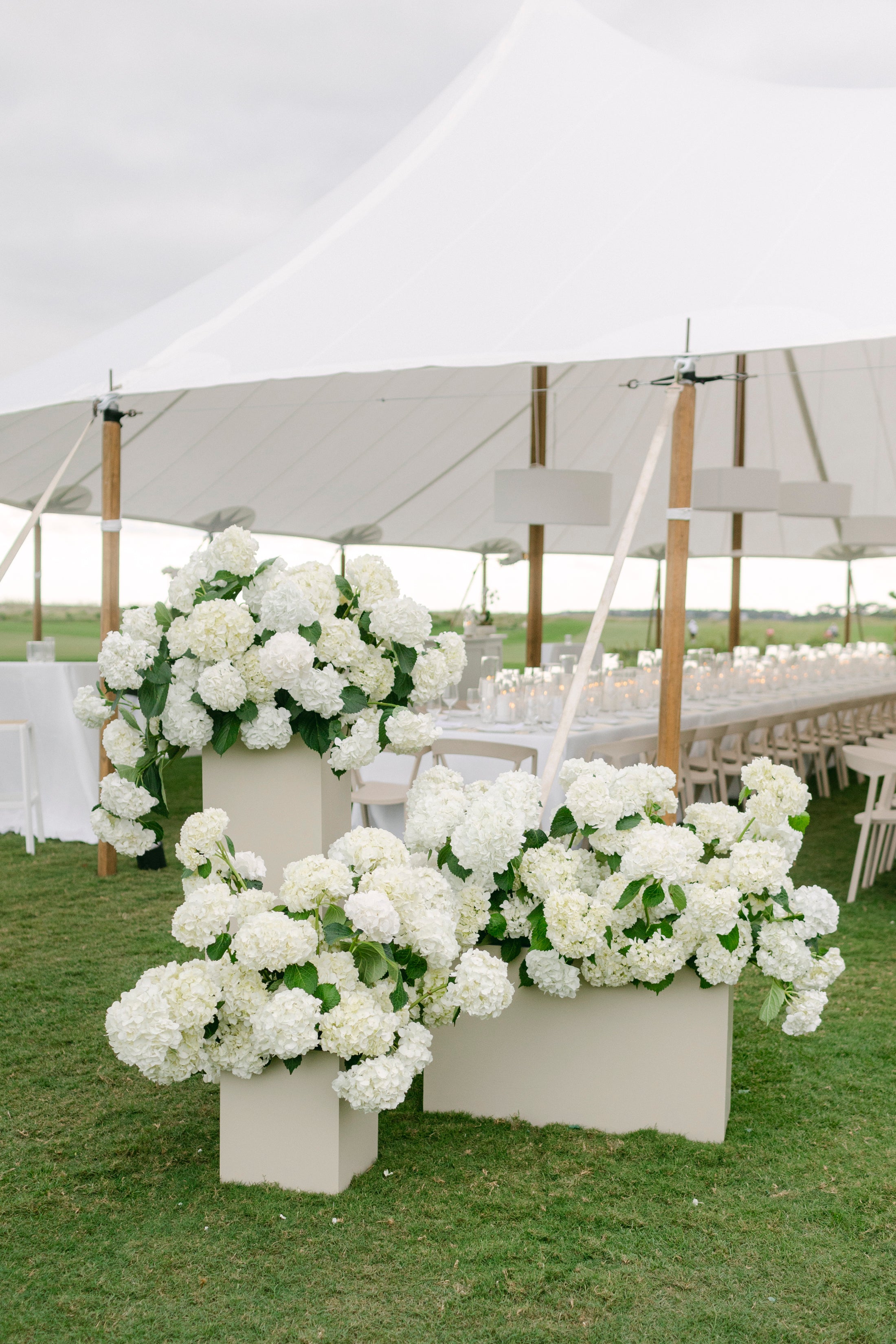
Step 4: Consider the Unexpected
A monochrome event doesn’t mean everything has to be matchy-matchy. In fact, the best single-hue designs often include an element of surprise—something that breaks the rules just enough to feel fresh.
- Contrast through metal finishes. A monochrome event in shades of cream might feature brushed gold or polished chrome accents.
- Unexpected organic elements. A sleek, all-black event softened by raw-edged linens or natural stone elements.
- A signature detail. Maybe it’s a slightly off-palette floral installation, an oversized sculptural piece, or a single unexpected texture that throws in just the right amount of contrast.
Luxury design is all about knowing when to edit and when to add that one unexpected moment.
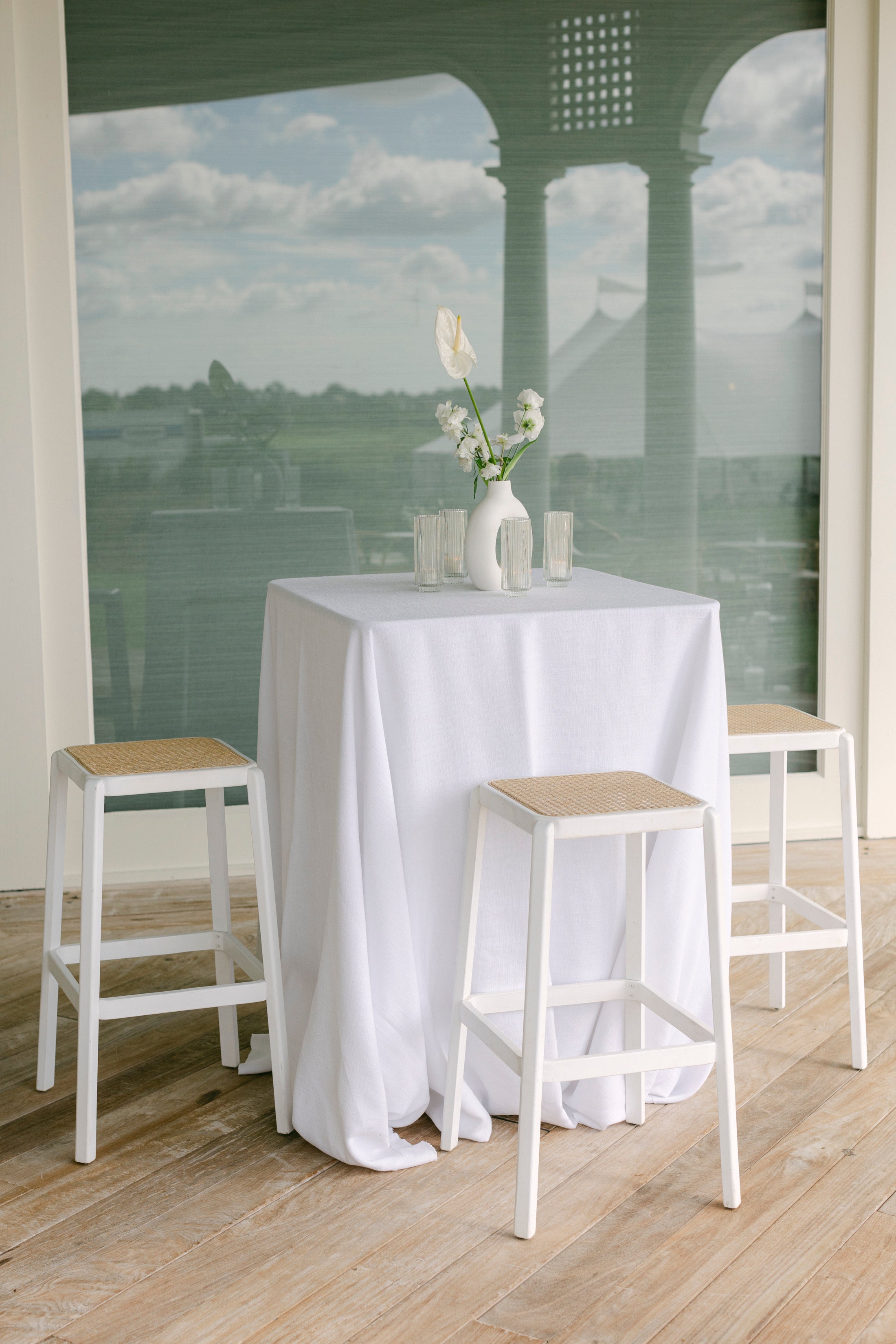
Step 5: Elevate Every Detail
Because monochrome is so high-impact, every piece in the space has to feel considered. From the furniture to the florals, from the dinnerware to the signage—everything should feel curated and cohesive.
- Custom-built elements. A monochrome event is the perfect opportunity for a one-of-a-kind build—whether that’s a statement stage, a sculptural bar, or an artful installation.
- Editorial tablescapes. A single-color table setting is a moment all on its own. Think tonal glassware, layered plates in the same hue, and sculptural candle holders in varying shades of the palette.
- High-touch guest experiences. Monochrome branding? Custom cocktails in matching hues? Personalized menus that blend seamlessly into the tablescape? It’s all in the details.
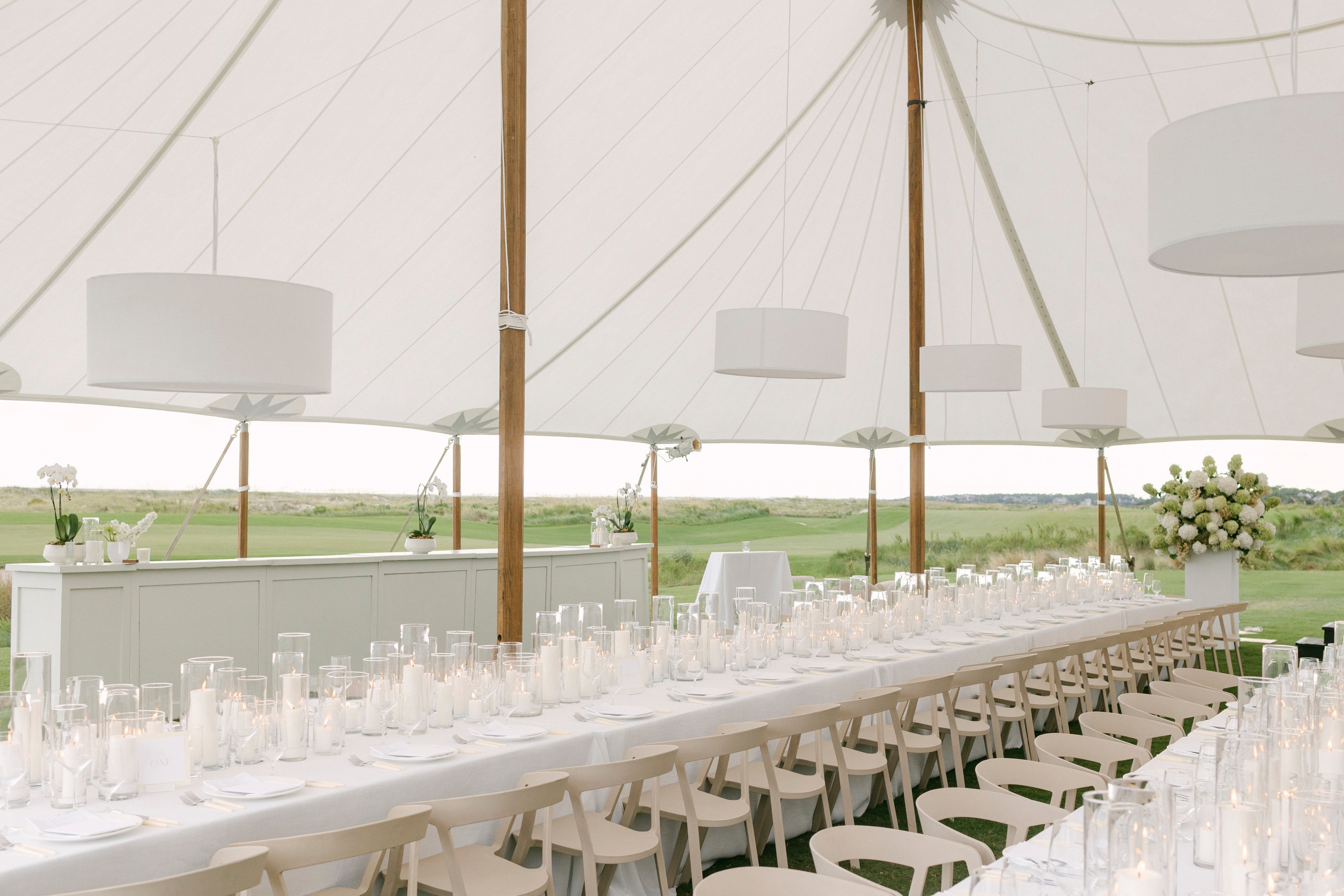
When Less is More
A monochrome event is proof that simplicity can be just as striking as extravagance. The key is in the execution—layers of tone and texture, thoughtful lighting, and high-impact design moments that make a single color feel endlessly interesting.
If you’re planning a monochrome event that feels as intentional as it does iconic, we’d love to bring it to life with you.
